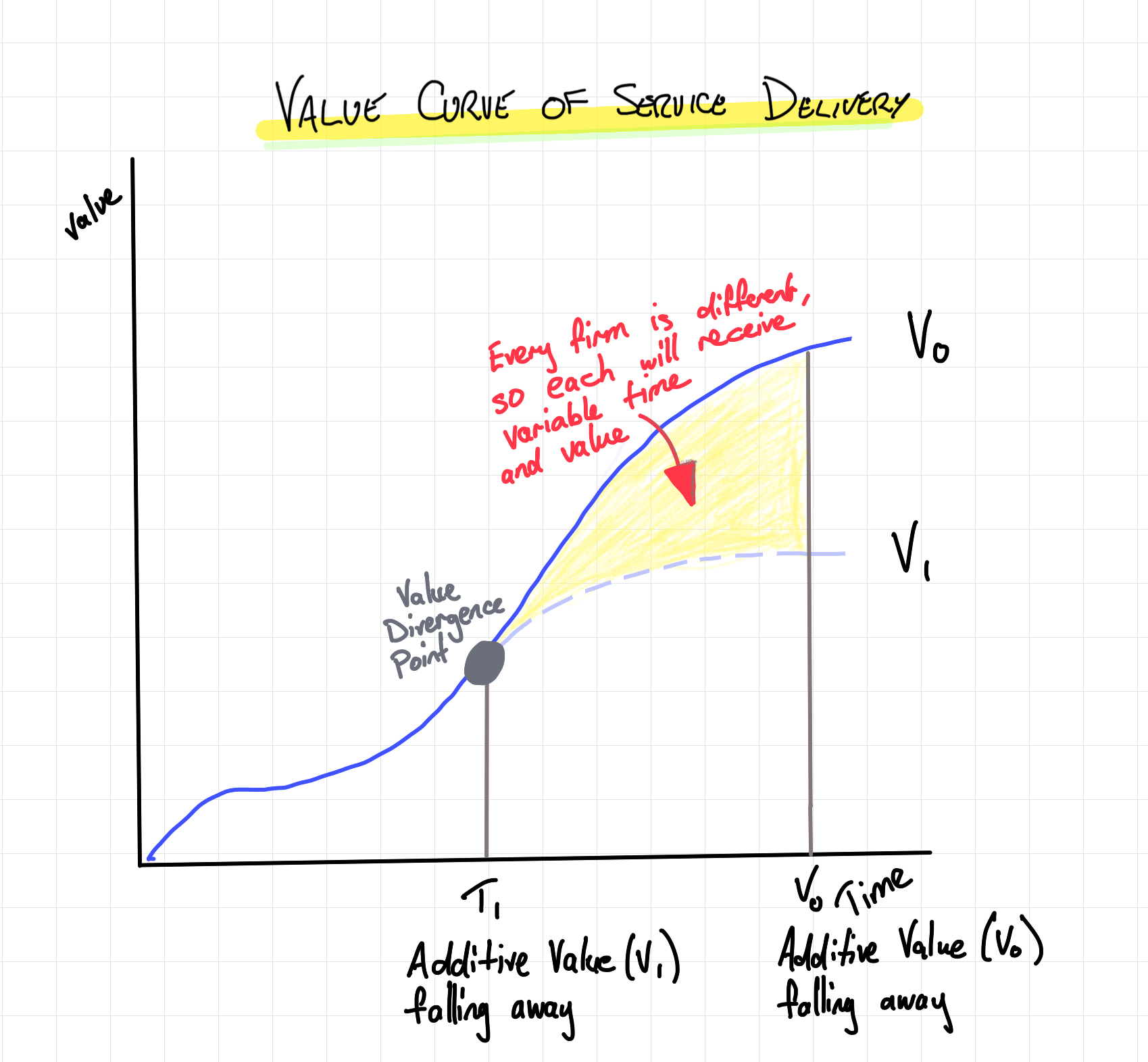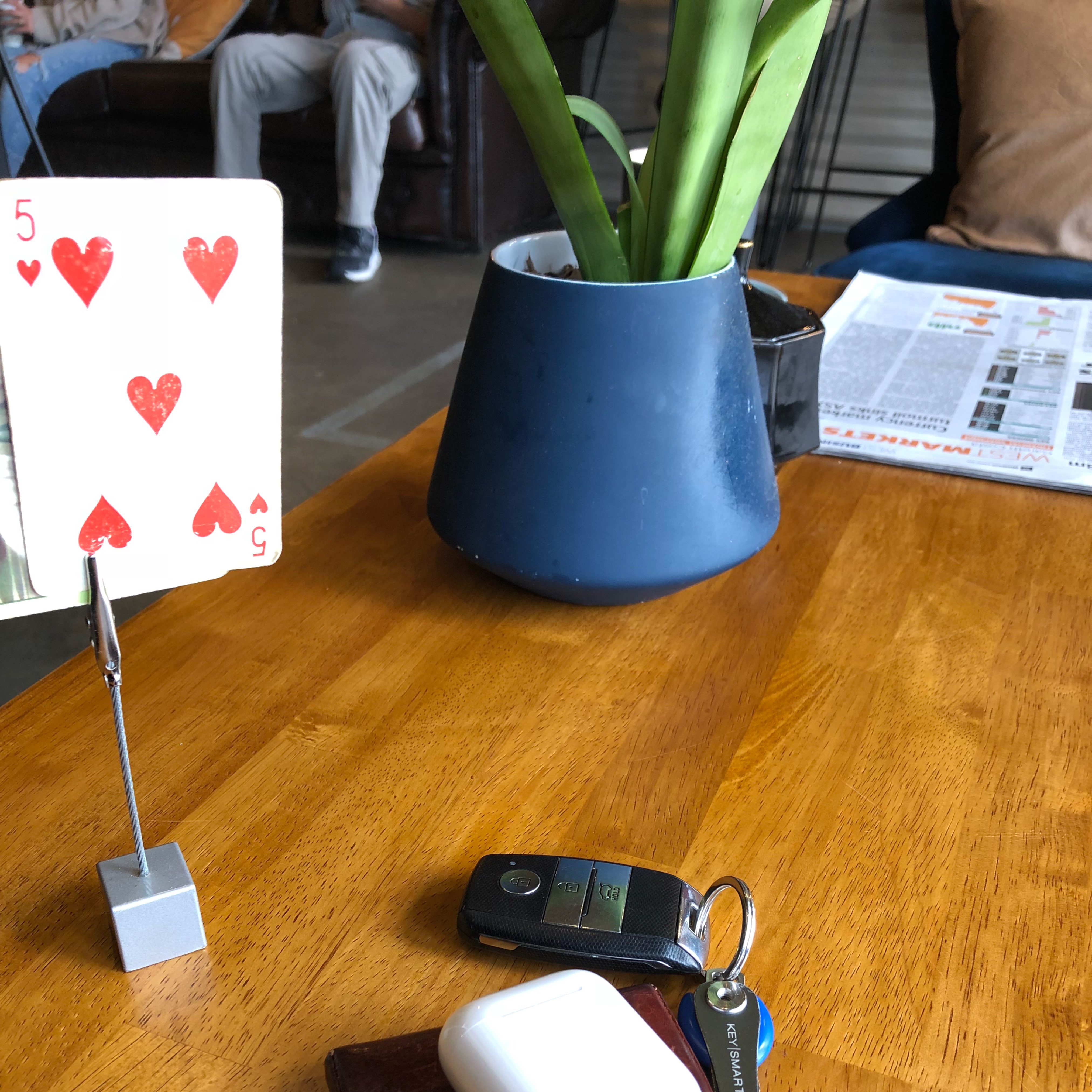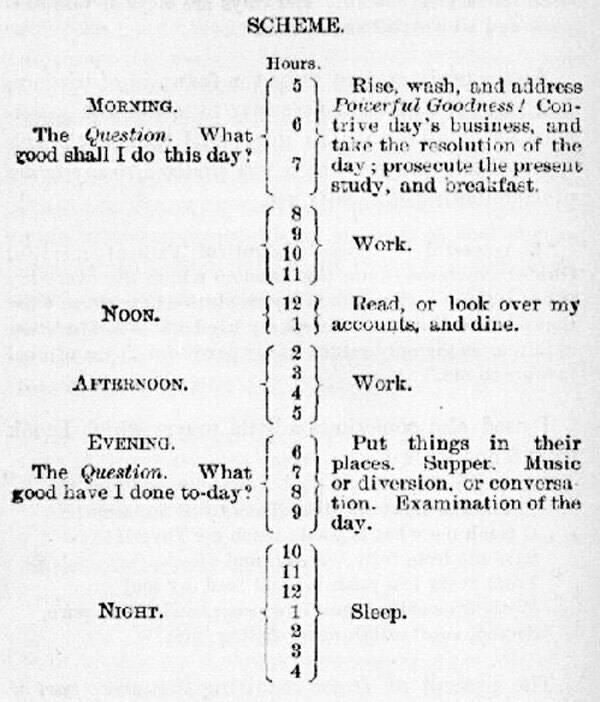Hi @potatowire! Great to see you here.
Hi @potatowire! Great to see you here.
I’ve just set up an account on a Mastodon instance. It feels much more like Twitter than micro.blog. That’s not a knock on micro.blog which I see more as being a social RSS reader.
I just finished the book Changer by @mattgemmell. A really fun read!
I believe personal finance should be a core subject taught to our children at school. We should teach how to manage and budget money, the concepts of savings and compound interest, and the risks of credit and deferred payment. Finance and money management education should be threaded through each year of schooling. I think it would offer more practical value - and a better return on investment - than some of the traditional subjects taught.
An opinion piece in The Age by Liora Miller, “Is PayPass the enemy of the young?” reflects on some of the risks of tap and go payments, especially for young people.
Australian Tax Office research this year reveals that only one in five Australians still prefer using cash for purchases.
Last week I bought lunch from a sandwich shop. I paid with cash. The look of surprise on the server’s face was clear; to the point where we both made a joke about the rarity of somebody paying with ‘real money’ as opposed to PayPass tap and go. In Australia, tap and go is essentially the default.
Cash use in Australia has fallen by a third in a period of six years.
That’s about how long tap and go transactions have been available, and I would think the next third of cash usage will decline more rapidly than another six years.
When I use tap and go, I take the extra step of entering the transaction into YNAB on my phone. YNAB’s direct bank import features don’t work with Australian banks but I consider that a feature because entering each transaction keeps me connected to my money and my budget. I recognise, however, that I’m an outlier. Most people are not taking a similar extra step - it’s spend and forget.
A cashless society in the near future appears to be an inevitability. We need to focus on ensuring young people understand the implications of deferred payment.
This is the key point of the article, but unfortunately, Miller fails to suggest how this might happen. This brings us back to my initial premise: that we as a society need to get serious about financial literacy.
I am Treasurer and Director of Midlas, a not-for-profit organisation that offers financial counselling as one of its key community support services. The government provides funding support to enable Midlas to offer this service. Yet demand is outpacing supply, and this is a common refrain across all the providers of financial counselling.
As great as it is that government provides financial support to assist organisations such as Midlas help people in financial stress, the policy settings are wrong. Just like medicine, where spending on prevention is cheaper and more effective than spending on a cure, spending on financial education would be more effective and deliver greater good than spending on help after the damage is done. Avoiding financial stress would lessen the prevalence of issues that often stem from financial stress, such as illness and poor mental health, relationship damage, homelessness, and drug and alcohol abuse. Not only would this benefit the individual but it would help broader society who share the negative impact of these societal problems.
Through us, the government needs to get serious about teaching our kids about personal finance and money management. The growth of tap and go is a lead indicator of a problem that may come to bite us in years to come. We should act before personal indebtedness becomes a national plague.
I’ve added a page detailing some of my most important software tools. Tools - canion.me
Much gnashing of teeth about Twitter knobbling 3rd party apps. While I think Twitter is nuts to do that, I don’t care since I quit the service months ago and don’t miss it a jot.
I had to stop the car to let these guys cross the road today.

I went to bed earlier and had a solid night’s sleep. My mother will be pleased to hear this. 🤣
Seems I’m not the only one having similar thoughts about Markdown editing, and the place that Ulysses does or does not have in the workflow.
Chuq von Rospach reflects on his own experience.
I also had no idea that Jason Snell had also raised this Markdown obfuscation issue, but now it makes me feel smart.
I thought Ulysses would be the best. It has a beautiful appearance, is full-featured, gets many positive reviews, and I already have ownership (or at least subscription access) of it thanks to being a subscriber to Setapp.
I’ve been using Ulysses to draft the text of work reports that I ultimately layout in Word for traditional print publication, and it has performed that task admirably with a hefty library of words built-up within its overall library.
With its support for Markdown and a direct connect service for publishing via Wordpress, I figured Ulysses would work well for blogging. I have persisted with it for some time, but the obfuscated Markdown finally lost me. When writing for the web, markup matters. Links matter. Getting these integrated with the text quickly and easily matters. I was finding that Ulysses just made this too hard. Finally, when I tried to leverage Brett Terpstra’s SearchLink service, Ulysses would mangle the link entirely. That was the last straw; I had to search for alternatives.
I own Byword on macOS and iOS and tried going back to that; but for whatever reason it just feels old and unloved. There’s no joy in using that app, I’m afraid.
I was recommended to have a look at Typora for the Mac, which looks beautiful. I think it could be my preferred option on macOS. There’s no iOS version though.
I have long known that the other ‘famous’ option in the realm of Markdown editors is iA Writer. I’ve watched it from afar over the years, but I gave up on them when they developed that terrible ‘workflow’ approach to the app. I figured they had jumped the shark and stopped following the app’s development.
Recent research, however, brought me back to have a new look at iA Writer. It seemed to tick all the boxes — not the least of which was that Markdown code elements were not obfuscated when drafting text.
My research encouraged me to purchase iA Writer and try it for myself, so I have bought the iOS version. Writing this piece is my first trial-run with the app. So far, colour me impressed. It is simple and elegant. As I type it feels as though the words are just pouring out from the caret in a very satisfying way.
In drafting this text, I have been impressed with the keyboard shortcuts of iA Writer, especially in getting Markdown links into the app. I can even just put the cursor within a word - not actually select it - and with a Cmd-K it wraps that word and pastes the URL from my clipboard. Being on iOS I can’t use the SearchLink service, but this at least makes the copy/paste dance bearable.
Unfortunately, despite this great first impression on iOS, I’m not so excited about is paying AU$8 for the iOS version and then looking over and seeing they are charging AU$48 for the equivalent iA Writer for Mac. That is a heck of a price differential for the same app just residing on a different platform. I think any text editing I do with iA Writer will be limited to iOS. This will negate some of the iCloud sync benefits, which is a bummer because having the same library of text anywhere, on any device, is basically table stakes at this point.
Furthermore, with Dropbox access being through the iOS Files app - albeit integrated into iA Writer, I just had a heck of a time trying to move this very file from iCloud to Dropbox. I ultimately had to do it from the Files app in iOS. Maybe I’m missing something? To publish to this blog on Blot.im, though, I just need to place a file in Dropbox. It’s a shame that there is not more direct integration with Dropbox, but I understand it is an API deprecation issue, so I can’t really blame iA Writer for this — but it does make things more cumbersome.
Where to from here? I’m not sure. Of course, the greatest thing about writing in Markdown is that it is just plain text. I can write it with any app. So I can continue to bounce around to my heart’s content, trying and experimenting to find the best app and the most efficient workflow. And if that isn’t hobbyist computing at its finest, then what is?

It was recently reported and brought to my attention that Elon Musk had issued a memo to the staff of Tesla. I’m no Musk acolyte, but within his commentary there can be found some good stuff. Within this particular memo Musk highlighted a number of productivity boosting tips. One tip jumped out at me because it is aligned with how I explain to my customers the way I aim to deliver the Business Evaluation service of the Entrepreneurs’ Programme. This is fundamental to how I work to be respectful of their time commitment.
Elon Musk was reported as writing:
Excessive meetings are the blight of big companies and almost always get worse over time. Please get rid of all large meetings, unless you’re certain they are providing value to the whole audience, in which case keep them very short.
The aim of my engagement with my customers is not to prove myself, or the worth of the service, by hanging around for hours and hours on end. If something can be achieved in two hours rather than four, then it’s bad business to take the four hours. If the work needs four hours, then I will commit that time. I won’t commit six.
What I say to my customers is that I want to stay with them for as long as I am delivering genuine value that is over and above the time, effort and person-hours they are committing to the process. Once I see the value they are receiving is tapering off, then I will wrap things up. The last thing I want to do is overstay my welcome, using up their time when they could be doing something else that could contribute more to their business success.
Just as Musk implored his staff to keep meetings short, so I remind and encourage myself to only use as much time is necessary – and no more.
@vasta Not sure if you have been otherwise notified, but I reflected on your blogging experience.
@danielpunkass Does Black Ink support crosswords from the Washington Post? I can’t figure out a valid subscription URL.
This morning required a coffee pick-me-up.


Micro.blog has introduced me to a number of new bloggers I would never have otherwise discovered. These are smart, intelligent people going about their lives in another part of the world, completely unrelated to me. Yet the way they think, communicate and share ideas online is very familiar.
A recent connect is Sameer Vasta — Vasta on micro.blog — a resident of Ontario, Canada. He claims to overuse the discretionary comma, a problem that I too, face on a regular basis.
Just over a month ago, Sameer celebrated 20 years(!) of blogging. His post to recognise this milestone was great. I’ve picked out a couple of comments that resonated with me. Of course, I encourage you to read the entire post.
For me, blogging has always been about thinking out loud, and about allowing my thoughts and ideas to evolve and grow, through time, out in a public sphere where I’m connected to others who are thinking out loud and growing, too. For me, blogging has always had a small b.
This approach to blogging throws down the gauntlet before me. I have a tendency to want my blog posts to be ‘fully baked’ before publishing. Sameer’s construction is to present blogging as a continuous process - not an end product.
I’ve begun talking about my blog as my “thought space,” as well, after reading a short reflection by Om a few weeks ago
As this canion.me site is new, I don’t have a defined purpose for it yet. I started it to satisfy a hobbiest’s itch. Perhaps encapsulating it as my ‘thought space’ might be a good use of the domain.
If someone asks me what my blog is about, now, I’m going to tell them it is my thought place, it is a conversation with myself and with others, and that it is my way of getting better at writing the truth. That’s what it has been for twenty years, and that’s what I hope for it to be for at least another twenty.
I’ve blogged in the past, previously for a number of years at twosittingducks.com (no longer up, and rest in peace Movable Type). Now I have blogs at blog.andrewcanion.com and here at canion.me plus a micro.blog.
Despite my renewed enthusiasm for the medium, I can only dream of blogging consistently for 20 years. However, I would like to think that the blogging I do from this point forward is how Sameer describes it; an opportunity to think and ruminate publicly and thus be open to discourse with others. That will ideally allow my thoughts to grow and develop, without being stuck inside an echo chamber. If that can occur, my blogging will be a more successful enterprise than present-day social media offers.
This is where mental models can help. As in any other area of your life, developing some principles or models that help you see how the world works will give you options for relevant and useful solutions. Mental models are amazing tools that can be applied across our lives. Here are five principle-based models you can apply to almost any family, situation, or child. These are ones I use often, but don’t let this limit you—so many more apply!
From The Farnham Street Blog, a thoughtful look at how the use of mental models can provide a more strategic approach to wrangling those children.
 franklin day
franklin day
I know Ulysses is the markdown darling but the way it handles markdown links is a pain in the butt. I just want a simple inline view that is compatible with Terpstra’s SearchLink service. I’ve had to fall back to Byword to make it work.
@jack Quick question if I may: how do you get YouTube video embeds to work on Blot.im? I see you’ve done it - I must be missing something obvious…
I’ve just had a cortisone injection into my hip. After suffering a labral tear and having pain for a few months I really hope this will help. After the doctor finished the injection he told me “it was one of the more difficult ones”. He was also using an iPad for MRI - amazing!